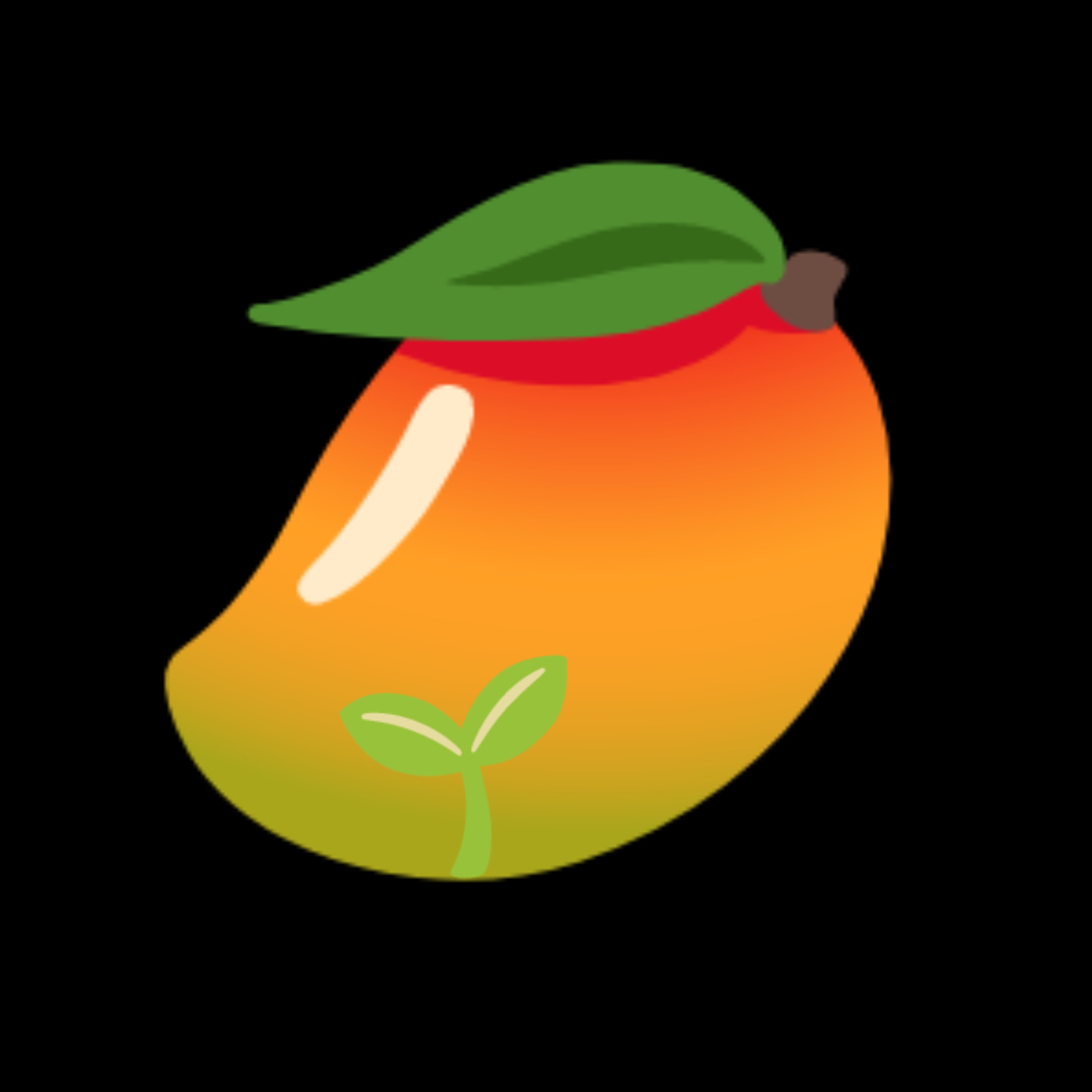Kiwano: Nutritional Facts
Kiwano, also known as the horned melon or the spiky cucumber, is a fruit native to New Zealand. It is a member of the Cucurbitaceae family, which also includes cucumbers, melons, and squashes. Kiwano is a good source of vitamins A and C, as well as fiber and potassium.
One kiwano (about 150 grams) contains:
- Calories: 45
- Vitamin A: 10% of the Daily Value (DV)
- Vitamin C: 20% of the DV
- Fiber: 2 grams
- Potassium: 4% of the DV
Kiwano is also a good source of antioxidants, which can help protect cells from damage.
Kiwano: Culinary Facts
Kiwano has a sweet and tangy flavor, with a slightly cucumber-like taste. The skin is not edible, but the flesh can be eaten fresh or used in a variety of dishes. Here are some ideas for how to use kiwano in your cooking:
- Add it to smoothies or juices.
- Make a kiwano salsa.
- Use it in salads or ceviche.
- Scoop out the flesh and make it into sorbet or ice cream.
- Pickle the kiwano.
How to Eat Kiwano
To eat kiwano, first cut off the ends of the fruit. Then, cut the skin into wedges and scoop out the flesh with a spoon. The seeds are edible, but they can be bitter. If you don't want to eat the seeds, you can remove them before scooping out the flesh.
Here are some additional tips for eating kiwano:
- Kiwano is best eaten ripe. When ripe, the skin will be soft and give slightly to the touch.
- If kiwano is not ripe, it can be stored at room temperature for a few days until it ripens.
- Once kiwano is ripe, it can be stored in the refrigerator for up to a week.
Disclaimer:
This blog post is for informational purposes only and is not intended to be a substitute for professional medical advice. Always consult with your doctor before making any changes to your diet or lifestyle.
Kiwano: A Spiky Fruit with Global Reach
Beyond its vibrant orange skin and horned exterior, the kiwano, also known as the horned melon or spiky cucumber, boasts a fascinating journey from African origins to worldwide cultivation. While its unique flavor and eye-catching appearance have garnered culinary attention, the story of kiwano production takes us on a globe-trotting adventure, delving into diverse landscapes, agricultural practices, and market forces.
From African Roots to Global Cultivation:
The kiwano's origins trace back to the Kalahari Desert in southern Africa, where it grew wild as a member of the Cucurbitaceae family, alongside familiar relatives like cucumbers and melons. Here, indigenous communities like the San people traditionally utilized the fruit for its water content and potential medicinal properties.
European colonization in the 19th century led to the kiwano's introduction to New Zealand, where it received its now-common name due to its resemblance to the kiwi fruit. From there, its spiky charm and refreshing taste piqued interest, sparking cultivation efforts in countries like Australia, Israel, and Spain.
Today, kiwano production flourishes on multiple continents, with major players emerging in:
New Zealand: Kiwano remains a niche crop, but its association with the country's exotic fruit image boosts its value. Small-scale farms cultivate the fruit, catering to premium markets and local demand.
Spain: The sunny Iberian Peninsula provides optimal conditions for kiwano growth. Large-scale production thrives in regions like Murcia and Almería, with Spain becoming a major European exporter.
Israel: A pioneer in kiwano cultivation, Israel boasts advanced agricultural techniques and established export channels. Israeli kiwano finds its way to markets across Europe and beyond.
Kenya: Returning to its African roots, kiwano cultivation is gaining traction in Kenya. Smallholder farmers are finding success with the fruit, thanks to its drought tolerance and potential for income generation.
Challenges and Opportunities in Kiwano Production:
Despite its increasing popularity, kiwano production faces unique challenges:
Pest and disease control: The spiky exterior offers some protection, but kiwano vines are susceptible to fungal diseases and certain pests. Organic farming methods are gaining traction to address these concerns.
Seasonality and market fluctuations: Kiwano is a warm-weather crop, limiting its production window in certain regions. Fluctuations in demand and price can create uncertainty for farmers.
Transportation and storage: The delicate nature of the fruit demands careful handling and temperature control during transport. Extending shelf life remains a research focus.
However, amidst these challenges, opportunities abound:
Rising demand for exotic fruits: Consumers' growing interest in unique and flavorful fruits opens doors for kiwano. Its visual appeal and refreshing taste attract health-conscious consumers.
Sustainable farming practices: The kiwano's drought tolerance and adaptability make it a promising crop for arid regions. Water-efficient farming techniques can further enhance its sustainability.
Value-added products: Processing kiwano into jams, juices, or even cosmetics diversifies its market reach and potentially increases profitability for farmers.
The Future of Kiwano: A Spiky Fruit with Sweet Prospects
The kiwano's journey from desert obscurity to global cultivation is a testament to its resilience and adaptability. As awareness of its culinary potential and health benefits grows, the spiky fruit stands poised for further expansion. Continued research in cultivation techniques, pest control, and value-added products can unlock its full potential, supporting farmer livelihoods and enriching tables worldwide.
Image Credits : Pixabay & Gettyimages
NOTE : "Information provided by Bard, a large language model from Google AI."














0 Comments